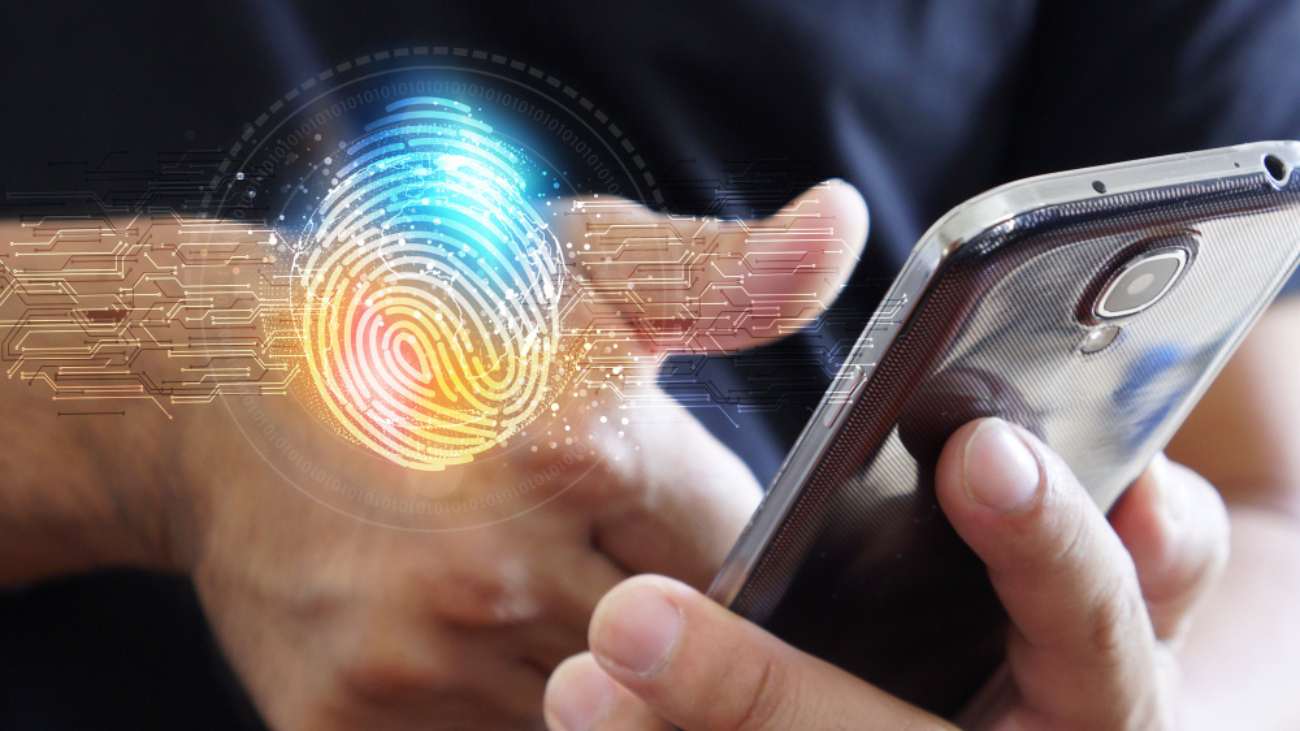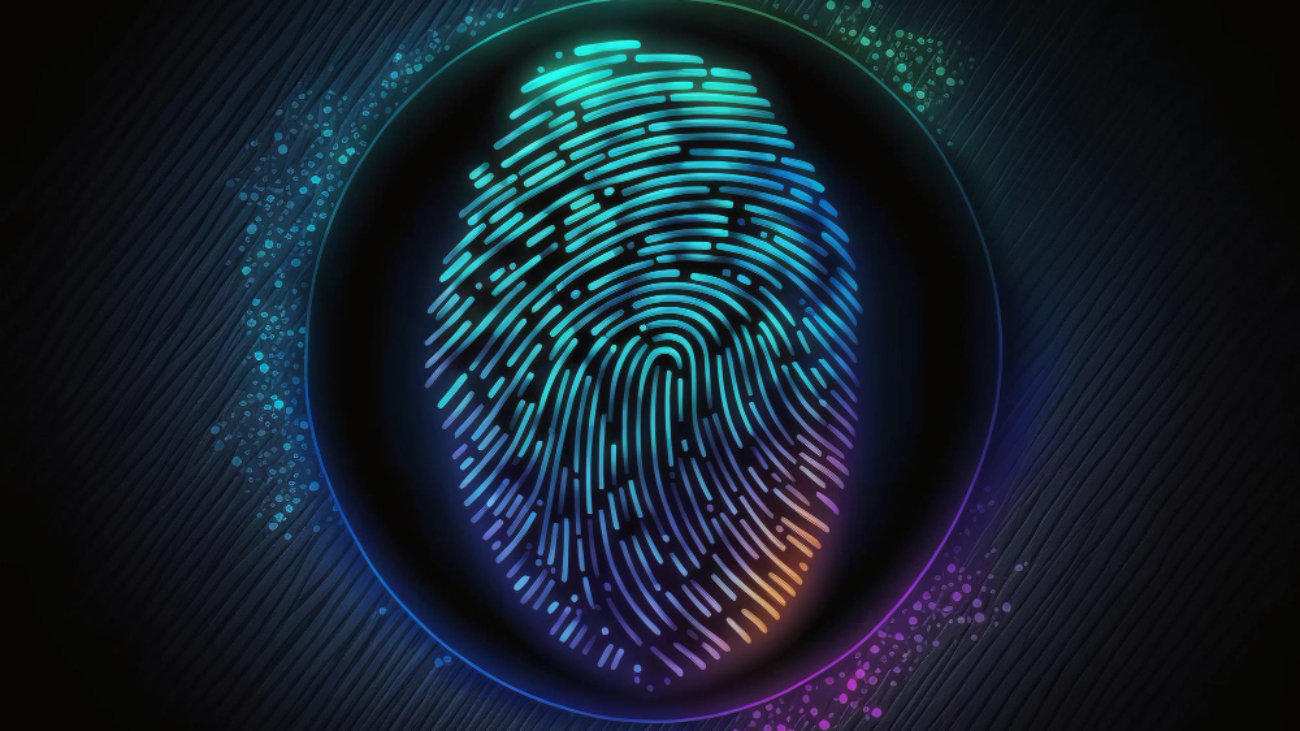Everything from banking and shopping to social media and healthcare is handled on several websites stated Bahaa Abdul Hadi. Managing and protecting personal data has thus become a top issue. Traditional identification systems and distributed identity systems are now two main methods of identity management that have surfaced. This blog will investigate both models and contrast their benefits and drawbacks to help one grasp how distributed identity could shape identity management going forward.
Old Identity Systems
For years, personal identification has been anchored in traditional identity systems. These systems depend on centralized authorities—governments, businesses, or service providers—that save, handle, and confirm your identification. Common examples include actual IDs like passports or driver’s licenses as well as Social Security numbers, email addresses, and usernames for different online sites.
Characteristics of Traditional Identity Systems:
- Centralized Control: Central authorities (banks, governments, businesses, etc.) underlie the control of the identification data. These organizations keep enormous personal databases for validation uses.
- Single Point of Failure: Since all data is kept in one location, the system is susceptible to cyberattacks, data leaks, or misuse should the database of central authority be compromised.
- Data Overreach: These systems sometimes demand users to supply more personal information than is required for verification, therefore causing data overreach. For instance, you could have to divulge personal information not absolutely required for the work in order to utilize a service.
- Security and Privacy Issues: Users have little say over the way their information is kept and disseminated. Third-party data exploitation or illegal access runs a continuous threat.
System of Decentralized Identity
By letting people manage and control their own identification data, decentralized identity systems mark a basic change from conventional methods. Blockchain or distributed ledger technology (DLT) allows these systems to transparently, securely, and distributedly store identification data. Users using distributed identification (DID) can own their identities, control access rights, and only distribute validated credentials as needed.
Important characteristics of systems of decentralized identity:
- User-Controlled: Under distributed systems, users have complete control over their personal information. Without depending on a central authority, they choose where and with whom to divulge their identifying information.
- Enhanced Privacy: These systems let users exchange just the minimal required data for any particular transaction, therefore improving privacy. If you had to establish your age, for example, you might offer just that piece of information without disclosing any personal information such as your birthdate or address.
- Security and Immutability: Usually housed on a blockchain, which is safe and tamper-resistant, decentralized identities are: once data is entered onto the blockchain, it cannot be changed or deleted, so providing great defense against illegal access and fraud.
- Lower Risk of Data Breaches: A distributed system’s numerous node arrangement of identification data results in no single point of failure. This lowers the prevalent bulk data breach risk associated with conventional identity systems.
Conclusion
There are advantages and disadvantages in both distributed and conventional identity systems. Although traditional systems are tried-and-true, they run privacy, security, and data control-related concerns. Though it still confronts difficulties in acceptance and regulation, decentralized identity presents improved privacy, security, and user control.
Decentered identity is expected to be very important in determining the direction of digital identity management as we head toward a more digital and linked society. Decentralized identity’s emphasis on user ownership, privacy, and security could change our online personal information management and protection practices. Thank you for your interest in Bahaa Abdul Hadi blogs. For more information, please visit www.bahaaabdulhadi.com.







